Last Updated on April 18, 2023
The Florida Everglades is well known as a subtropical wilderness, yet, other than the name and general location, it remains a mystery to most.
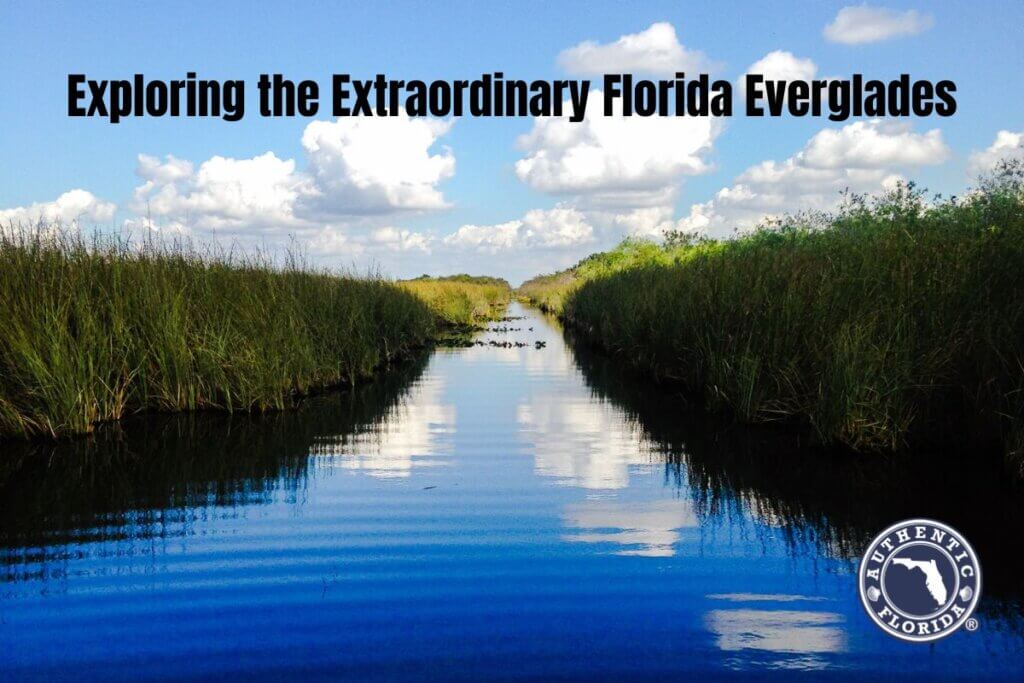
It’s a complex puzzle with many odd-shaped parts, but its fragile simplicity fits precisely into one complete natural environment.

For anyone interested in the Everglades, it is well worth the visit. It’s really one of Florida’s best-kept secrets.
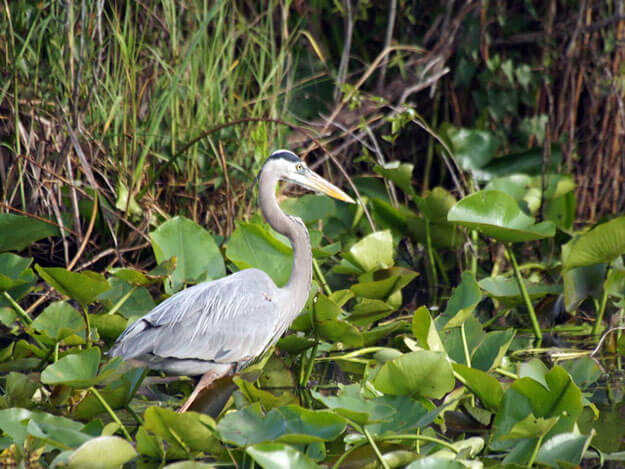
Visiting the Florida Everglades
Our recommendation when it comes to understanding and becoming intimate with the Everglades begins with a visit to the Everglades National Park located southwest of Miami and Homestead.
There are actually nine distinct ecosystems that comprise the Everglades. From hardwood hammocks to coral reefs, the area supports the biodiversity of its habitats found nowhere else on the planet.
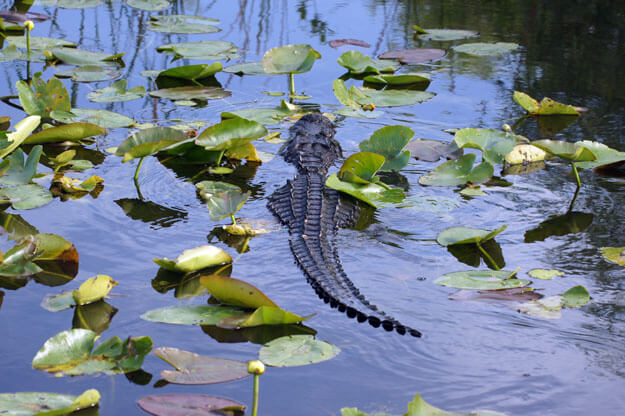
The Everglades often called the “Glades,” includes a vast area, once covering almost the entire southern Florida peninsula starting at the Kissimmee River, flowing into Lake Okeechobee and spreading out in a mosaic of habitats from coast to coast.
In 1947, a wilderness portion of the system at the southern tip was also set aside as Everglades National Park. Since then several adjacent conservation areas and new parks have been set aside and protected by the state as well.
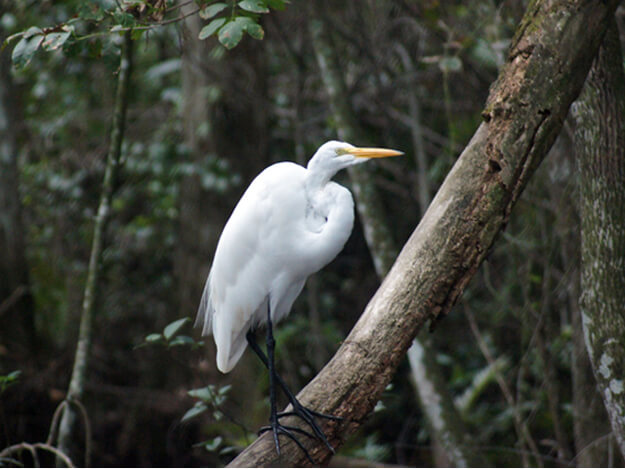
Marjory Stoneman Douglas, Florida’s legendary conservationist, and author called it the “River of Grass” and redefined its reputation from “worthless” muddy lowland to a precious slow-moving body of water.
Some think of it as an impenetrable swamp, a vast forest of cypress trees, and also home to the Florida panther.
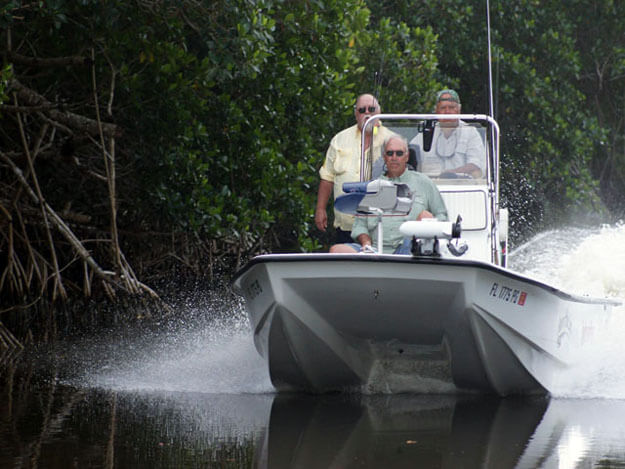
Exploring the Florida Everglades
Boaters, riding along the coastline, experience the salt-water mangroves that have formed thousands of islands indistinguishable from one another.
And avid anglers who fish the Florida Bay where freshwater flows from the Everglades to meet the salt water of the Atlantic Ocean and the Gulf of Mexico, know the Glades as prime fishing grounds.
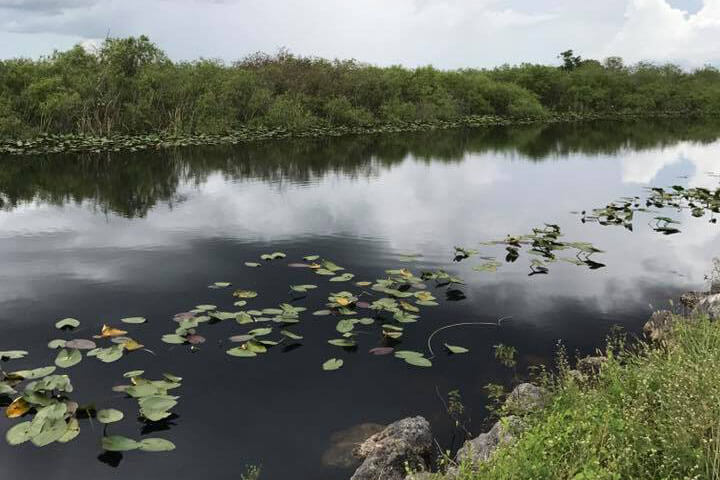
Anyone who has driven across the Alligator Alley portion of Interstate 75 has gotten a glimpse of its vastness.
Those who have ventured along the original highway crossing the Everglades, U.S. 41 (Tamiami Trail), have gotten a slightly more intimate brush with the Glades.
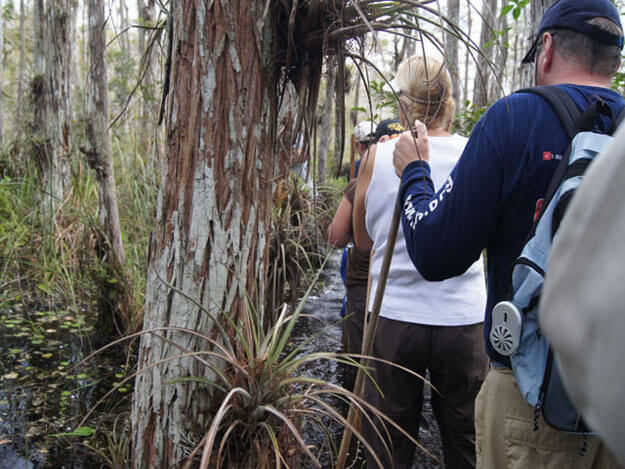
Consider these wonderful Everglades experiences:
- Witnessing a wild Florida panther in the Fakahatchee Strand State Park
- Taking a walk in a botanical swamp at the Big Cypress Preserve
- Biking the Everglades Shark’s Valley Trail
- Air boating through wet saw grass prairies.
Any of these experiences are sure to give you a deep appreciation of the area in and around the Everglades National Park.

Everglades National Park
Prior to reaching the park entrance, consider stopping at the Coe Visitors Center. The engaging, interactive displays and maps will acquaint you with the park’s unique habitats and wildlife.
You’ll quickly find that Everglades National Park is probably much more diverse and complex than you thought. There are so many ways to enjoy it.
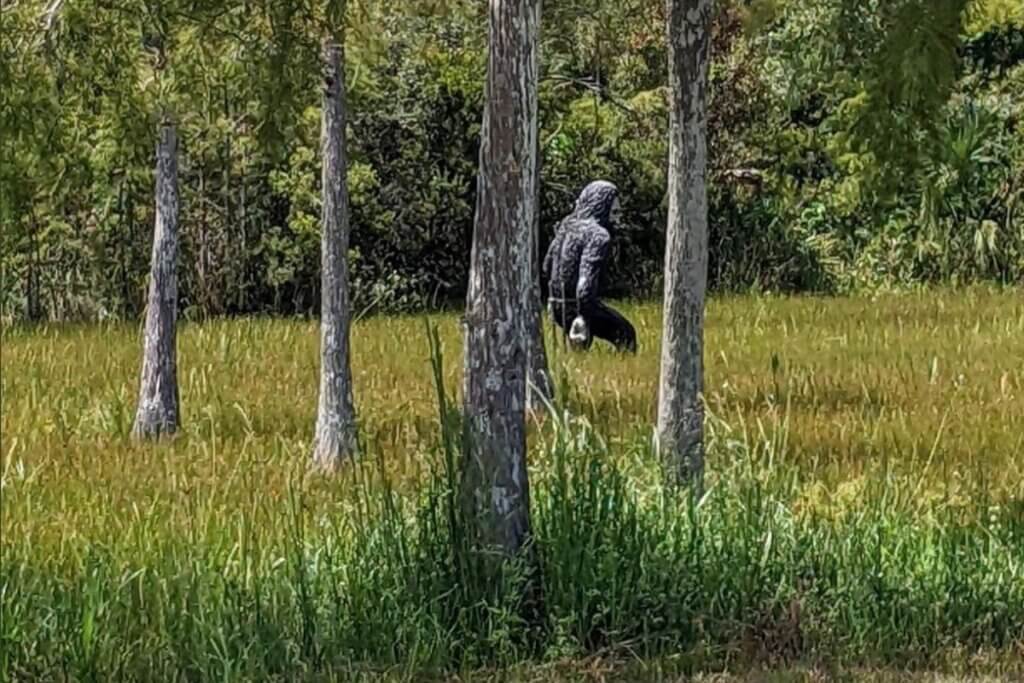
Depending on your goals, the amount of time you have, and the time of year you visit, park officials guide your choices and are more than willing to explain and assist you.
Flamingo
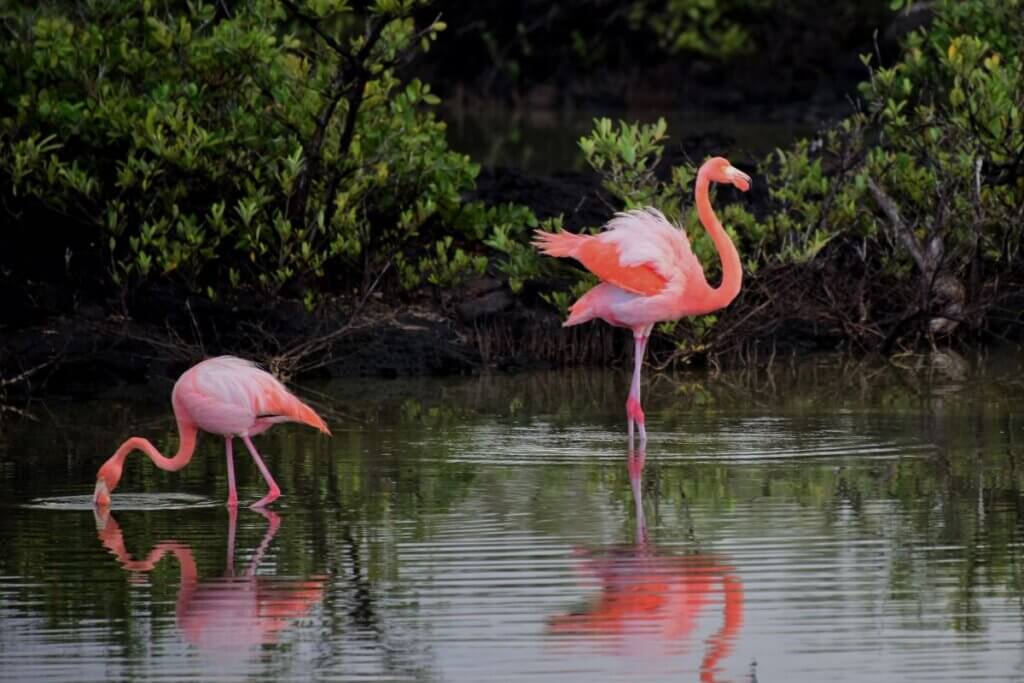
At the southernmost reach of the Florida peninsula is the outpost of Flamingo, a 40-minute drive through the park from the Coe Visitor Center.
Founded in the late 1800s by gator poachers, plume hunters, and moonshiners, Flamingo has a colorful history, and its “end of the road” feel will engage your curiosity.
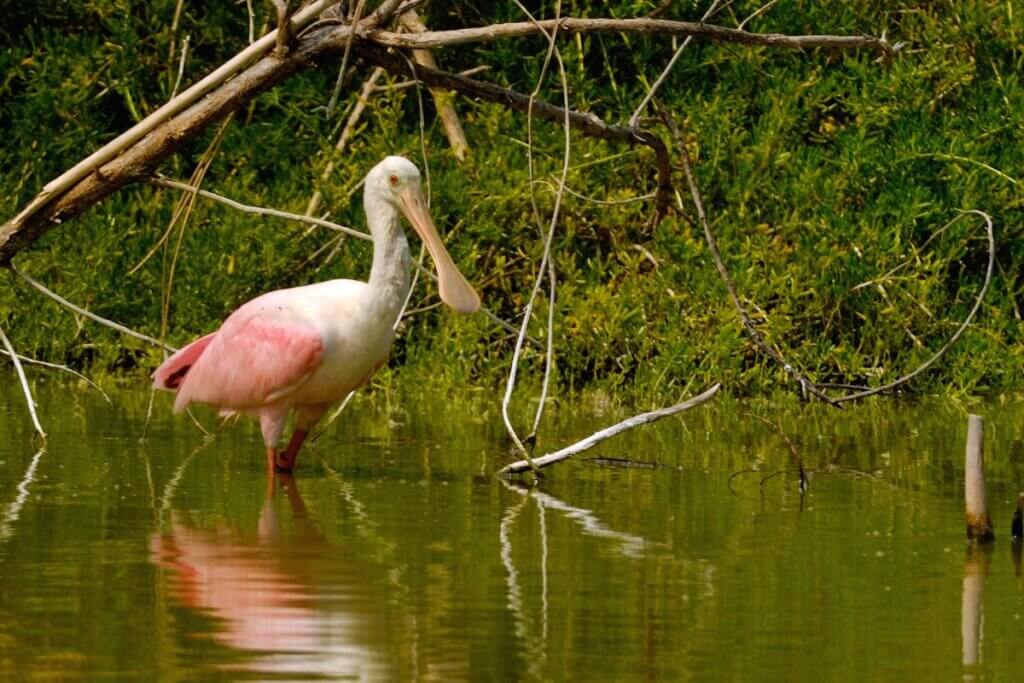
Migrating flamingoes were once a common sight here but are rarely seen anymore. You’re more likely to spot pink roseate spoonbills, which are still a wondrous sight.
Flamingo offers a basic marina, restaurant, Visitors Center, convenience store, rentals (kayaks, canoes, bikes, etc), and also a camping area. There’s no other lodging available in the area due to the effects of past hurricanes.
NOTE: Most of the park officials assigned to Flamingo spend a lot of time on the trails and in the backcountry and are excellent resources for your interests.
Flamingo Boat Tours

To get an overview of the surrounding area, consider signing up for a boat tour. Two choices are available: a two-hour inland Backcountry Bay tour up the Buttonwood Canal or also a Florida Bay coastal tour. Tours depart throughout the day.
The Backcountry Bay tour takes you through Coots Bay and up to Whitewater Bay, part of the Wilderness Waterway Trail that starts/ends in Everglades City.
The coastal tour takes you into Florida Bay with the last tour leaving before sunset.
Crocodiles

The American Crocodile is easily spotted in Flamingo. Distinguished from the American Alligator by its lighter gray skin and triangular-shaped, narrow snout crocs inhabit the brackish coastal waters of Flamingo, South Florida, and also the Florida Keys.
The area is the only main crocodile habitat in North America. Its alligator cousin has darker skin and prefers inland freshwater.
While African and Australian crocodiles can be menacing, the American Crocodile is considered timid and less aggressive than the alligator.
Manatees

Watch the waters carefully and you may also spot manatees in the small harbor off the marina and in easy reach of the dock. You’ll also see osprey nests near the Buttonwood dam.
If you’re lucky, you may observe a nesting pair, one sitting in the nest and the other circling above … if you are uber lucky, you might also catch a peek of chicks in the nest ready to be fed.
Royal Palm Hammock, Anhinga Trail
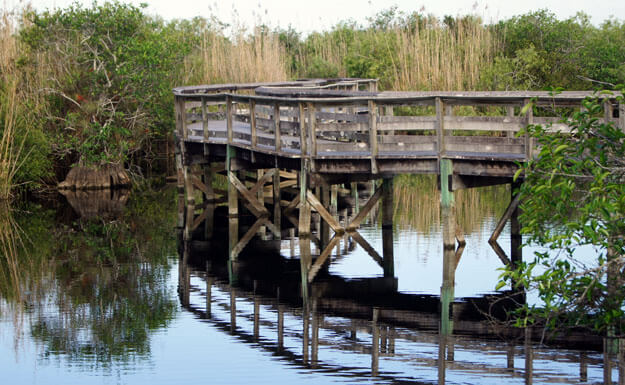
Royal Palm Hammock, adjacent to the Taylor Slough, derives its name from the native Florida palm and is located just south of the main park entrance. Three trails are accessible from the center (Anhinga, Gumbo Limbo, and also Old Ingraham Trails).
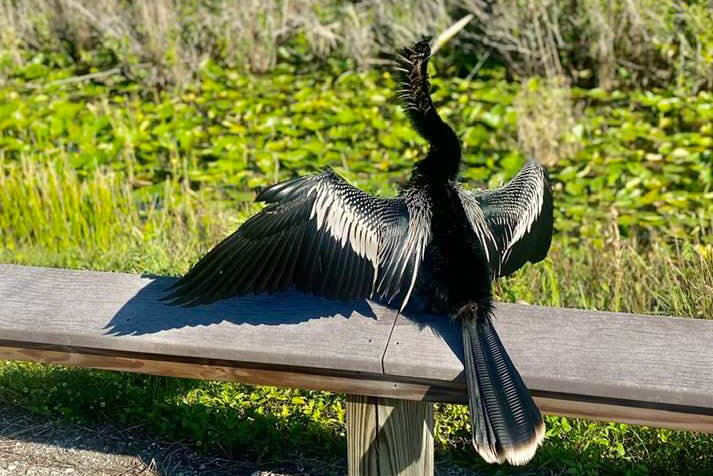
The popular Anhinga Trail is an easy boardwalk leading to a freshwater marsh teeming with wildlife. There you may see nesting anhingas, cormorants, green herons, moorhens, wood storks, herons, turtles, and also alligators of all sizes.
West Lake

Filled with brackish water, West Lake is the jumping-off point for a kayak trail. Or, you also might consider the ½-mile mangrove boardwalk with wild bromeliads leading to the lake.
Mrazek Pond
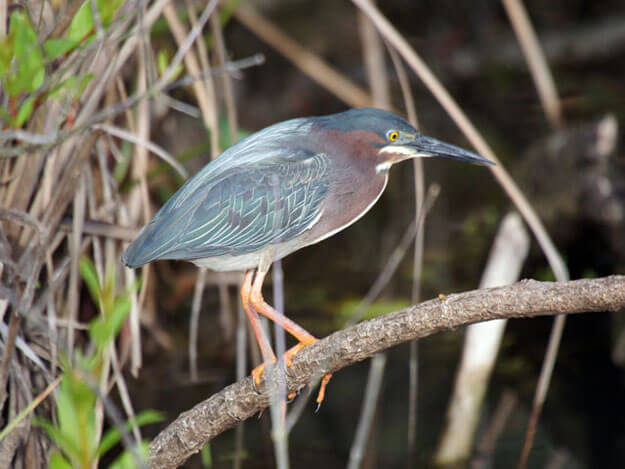
During Florida’s dry season, when the birding is the most concentrated, the Mrazek Pond resembles an Everglades wildlife poster. You won’t miss it when you spot the birders and photographers congregated on the roadside.
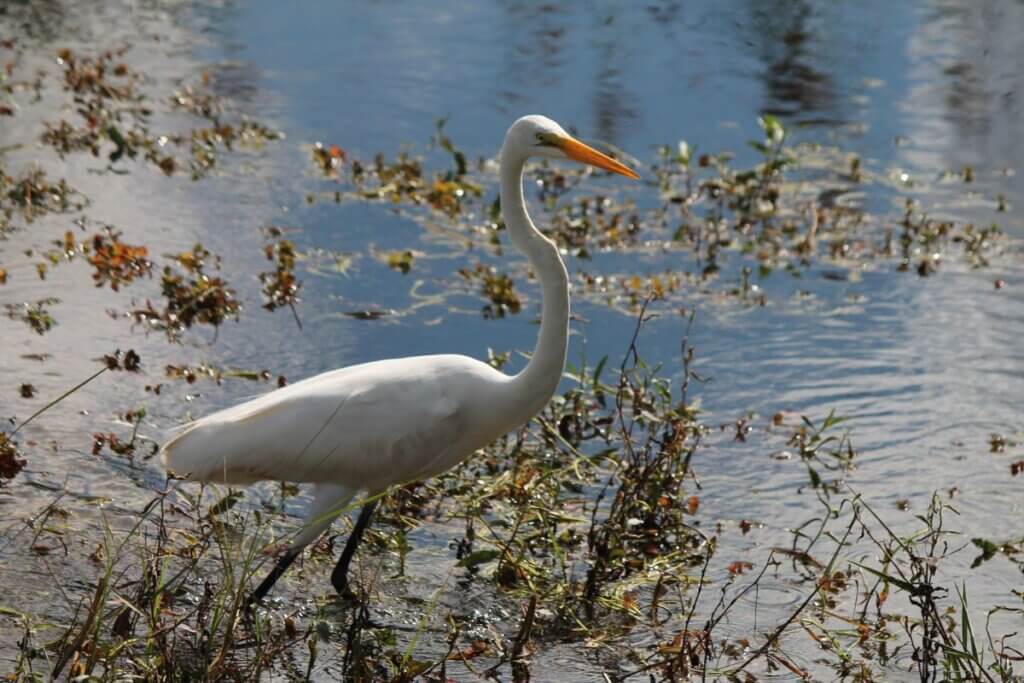
It’s not uncommon to spot roseate spoonbills, egrets, coots, gallinules, ducks, herons, and also ibis. If you don’t know your species, ask a birder, as most are delighted to share his/her knowledge.
Eco Pond Loop
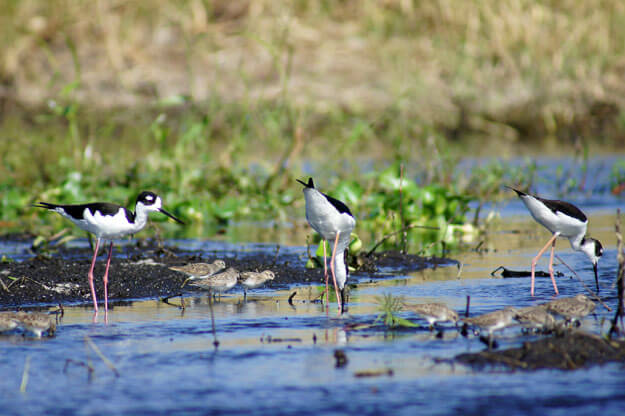
The Eco Pond is located west of the Flamingo Marina. The ½ mile loop around the pond has a well-worn path with a nice elevated observation platform for bird watching.
Look for black-necked stilts, wood storks, egrets, ducks, coots, various residents, and also migratory birds. Hawks, eagles, and also other birds of prey are often flying overhead and in the nearby fields. Butterflies are also seen in abundant numbers.
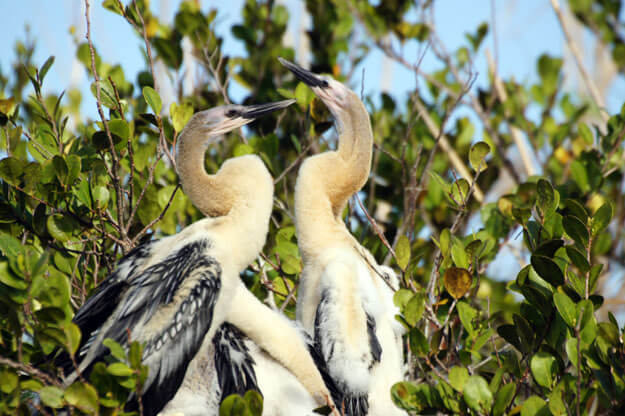
On a side note, mosquitoes can be present any time of the year in the Florida Everglades depending on weather and rainfall, but they’re less numerous in the cooler months. Whenever you visit, it is always a good idea to be prepared with repellant.
Accommodations
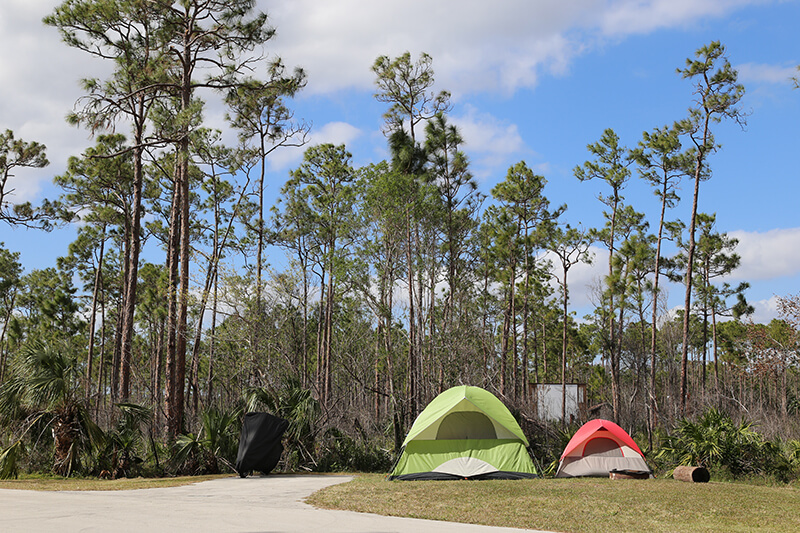
Unless you are planning to camp in Flamingo (tent or recreational vehicle camping), then you may want to plan your accommodations in Homestead or Florida City.
The Wilderness Waterway Trail
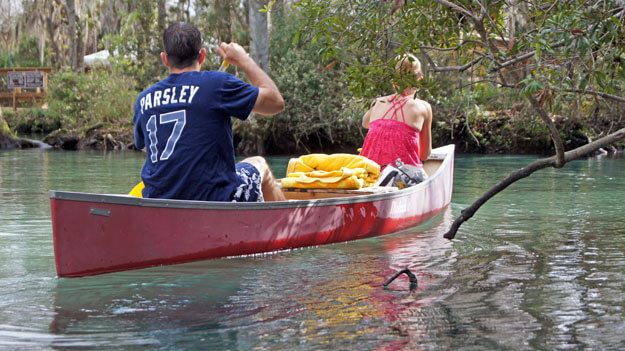
For serious outdoor enthusiasts, the 99-mile Wilderness Waterway Trail from Everglades City Flamingo is considered one of the last real adventures in Florida.
Don’t Miss “Robert is Here” in Florida City/Homestead
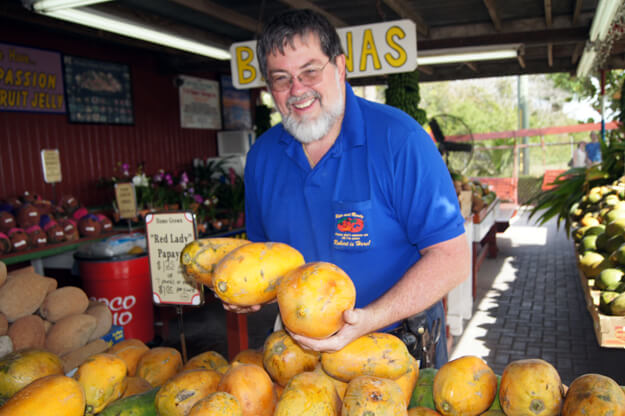
As you leave or enter the Everglades, stop off at the famous farm stand begun by Robert.
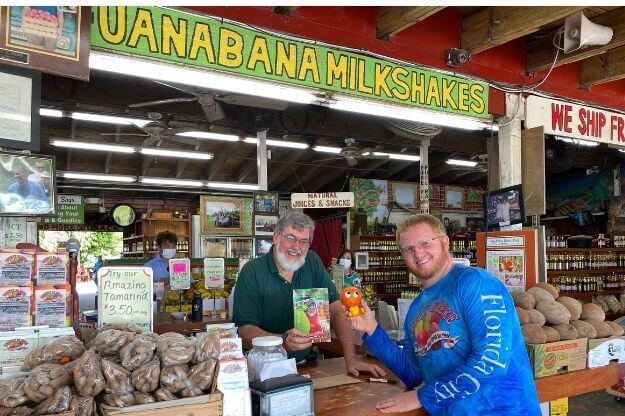
Usually present behind the counter, he specializes in tropical fruits (carambola, star fruit, and also mangoes), unique bottled marinades, sauces, salsas, and jams.

While at Robert is Here, check out the Southern Most Purple Martin House in the Continental USA. Purple Martins are the largest swallow in North America and are not truly purple. They are known for their ability to eat mosquitoes.

Watch the visitors line up for the legendary fruit milkshakes. Overall, Key Lime is the most popular!
A Word About the Florida Everglades:
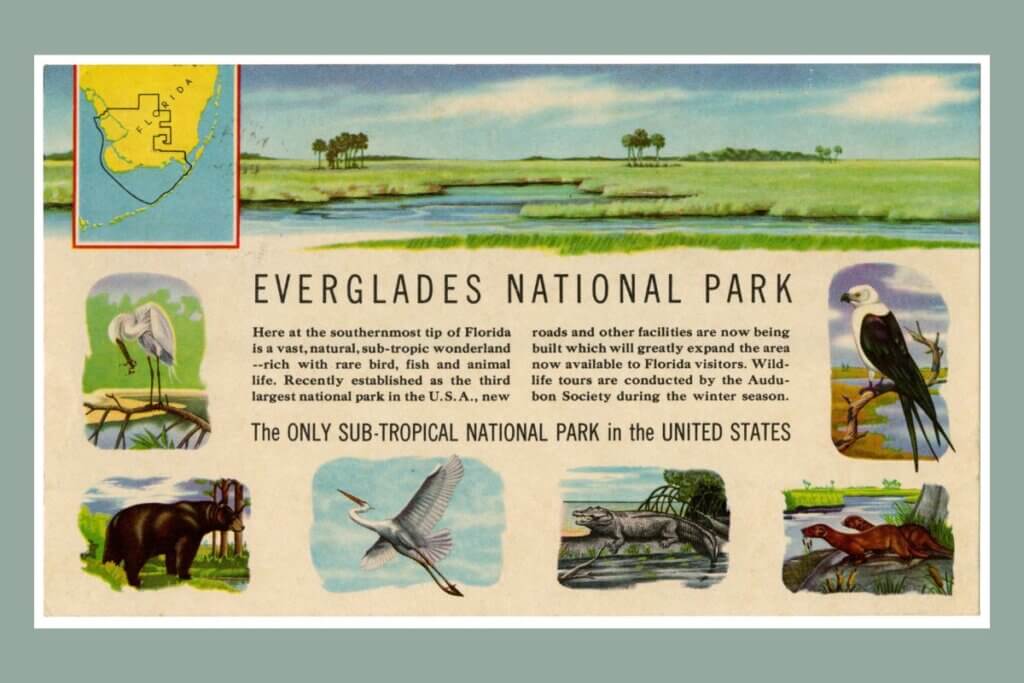
“The park was created in 1947 to save part of the Glades, but its future depends on a healthier, more naturally functioning ecosystem in the entire region, where burgeoning human population thirsts for the same water that wood storks need to survive.”
“We must create a balance among the competing demands of urban, industrial, and agricultural development, with a restored Everglades as its centerpiece. Nothing is yet saved for good.” — National Park Service, U.S. Department of the Interior.
Want to check out other things to do in this area?
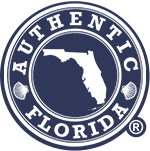

2 thoughts on “Exploring the Extraordinary Florida Everglades”